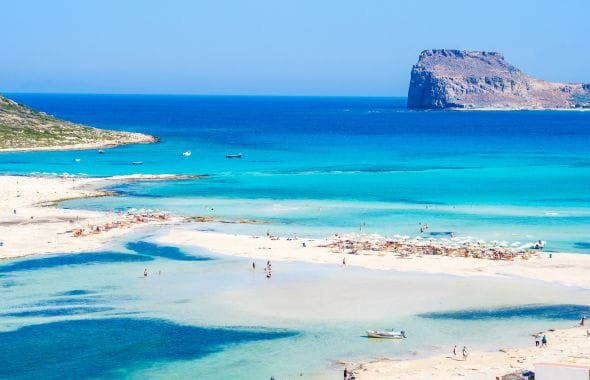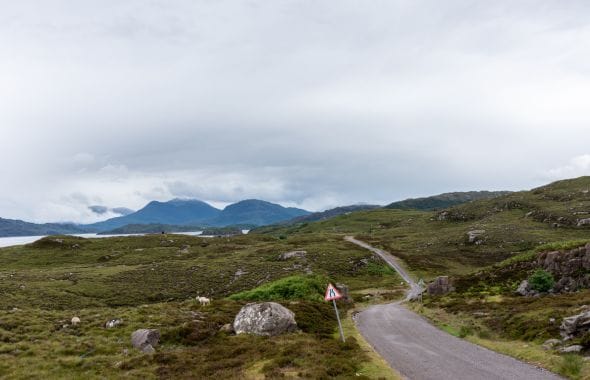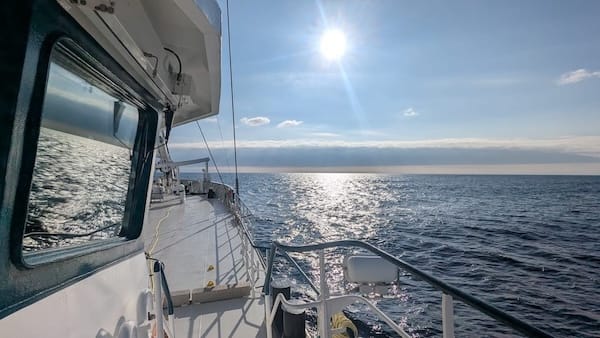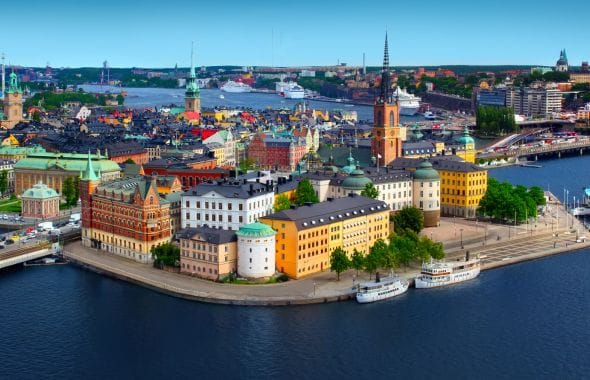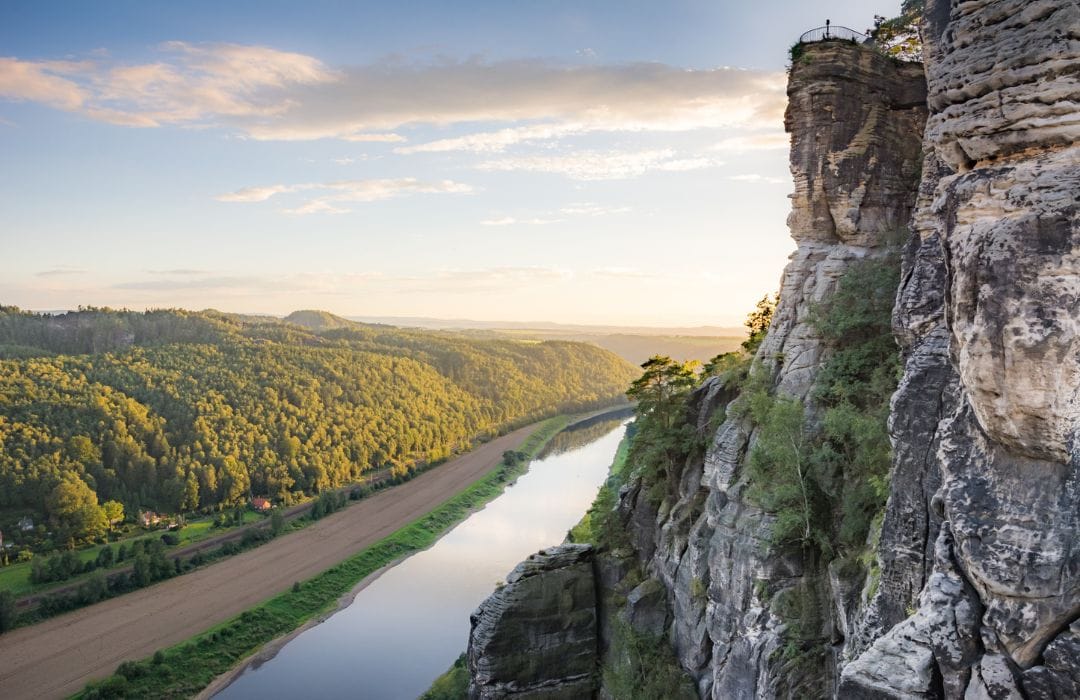
When the train pulled out of our local station in Gloucestershire, our European adventure began.
No baggage drop, no boarding gate, and no frantic ‘have I separated my liquids from hand luggage?’ panic. Just the quiet thrill of knowing we’d be in Berlin by 7 a.m.
Taking the kids on a multi-country European holiday without flying might sound ambitious to some, but for us, it was simply the way we wanted to travel. As a family, we love watching Race Across the World, and this felt like our own version – minus the frantic sprints to the finish line. It wasn’t a sacrifice, but something we were excited to do.
This wasn’t our first time Interrailing as a family. A couple of years ago, we took the sleeper train from Paris to Vienna, then on to Bratislava in Slovakia. That trip was full of highlights, but not without its curveballs. The Paris underground flooded during our departure, forcing us to dash two kilometres on foot through pouring rain with all our backpacks. But those moments – my husband wringing out his soaked-through t-shirt on the platform and the kids’ faces when they discovered their own sleeper cabin, have become part of family legend.
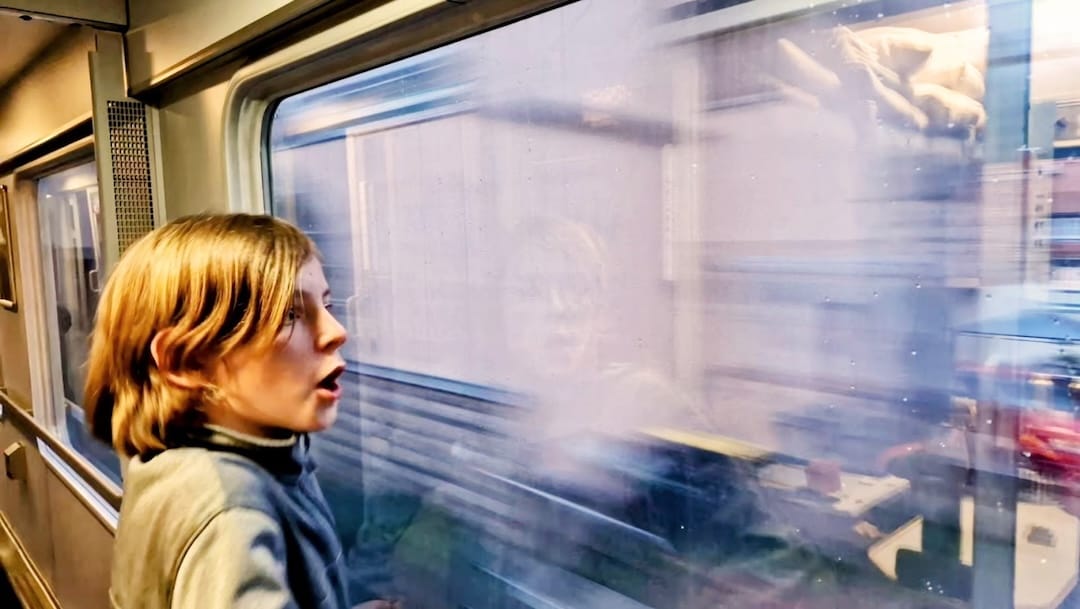
So this Easter, armed with a four-day Interrail pass, we set off on a nine-day journey across five countries: from our home in Gloucestershire through London, Brussels and Berlin (via the European Sleeper train), Kurort Rathen (mountains and hiking just ten minutes from the station) to Prague, then back to Rotterdam and home via Brussels and London.
Our journey from Stonehouse to Berlin took us a full 24 hours, but it didn’t feel like a long time. We caught the train to London in the morning, stopped there for lunch, then boarded the Eurostar to Brussels where we had dinner. That evening, we settled into our couchette on the sleeper train bound for Berlin. It’s not a luxury hotel on rails, and if you’re tall or broad, you might find the space cramped. The night isn’t always perfect – the couchettes are cosy but small – yet the experience is memorable, especially for kids who find the novelty thrilling. For me, it’s worth a slightly rough night to wake up somewhere new and ready to explore.
We spent two night in Berlin then travelled onwards to Kurort Rathen in the extreme east of Germany, near the border with Czechia and on the river Elbe. The national park Saxon Switzerland was an unexpected hiking gem, and it's right next to Bad Schandau which is a night train stop, making it very accessible. We stayed two nights there, then took a short train to Prague. This wasn’t included as a ‘travel day’ on our Interrail pass because it worked out cheaper to pay for that one separately rather than buy an extra day on the pass.
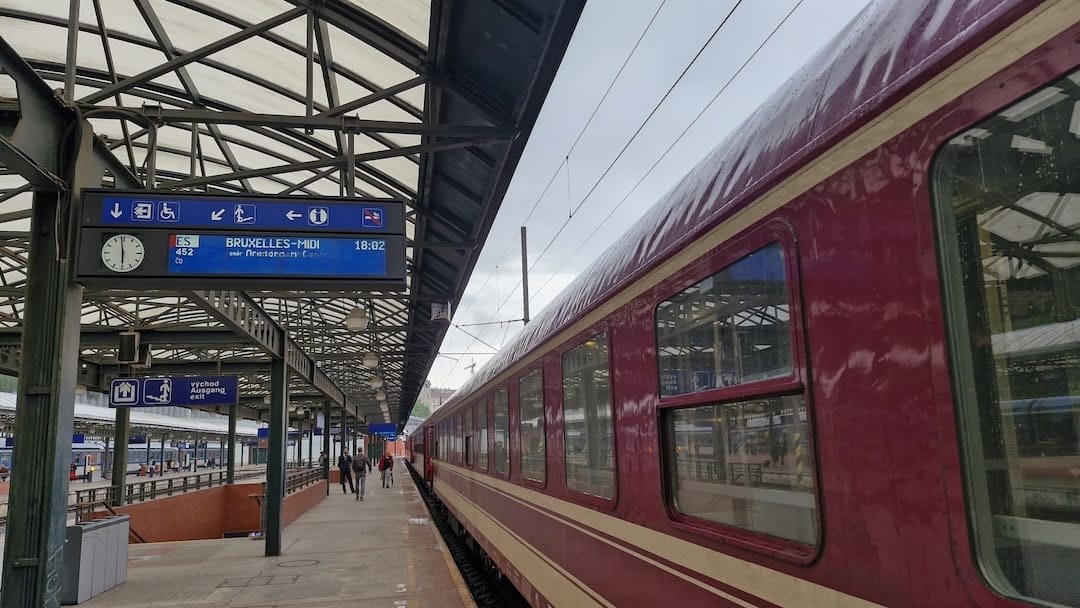
After two nights in Prague we headed back to Amsterdam on the European Sleeper train, although by that point we’d decided to bypass the Dutch capital because there was a big festival and it was too busy, so we stayed on the train to the next stop of Rotterdam, which was fine with the sleeper train staff. That’s one of the advantages of using an Interrail pass: you can switch or adjust a journey last-minute.
We all loved Rotterdam, and stayed for one night. It’s a cool city with a great vibe, with so much to see, and it’s super easy to get to from the UK. The last part of our holiday was taking a mid-morning Eurostar back from Rotterdam to London, then finally back to Stonehouse, where we arrived early evening.
For me, this is more than just a holiday choice. I run a sustainable construction consultancy and am mindful of the impact flying. I try to lead by example wherever possible and show what’s achievable without hopping on a plane. I still fly sometimes, but if I can take the train instead, that’s my preference every time. I simply hate airports: the queues, security checks, limited space, and that feeling of waiting rather than travelling. Trains offer a very different experience. In my opinion it’s more relaxed, with space to move, watch the countryside slip past, and soak up a sense of place.
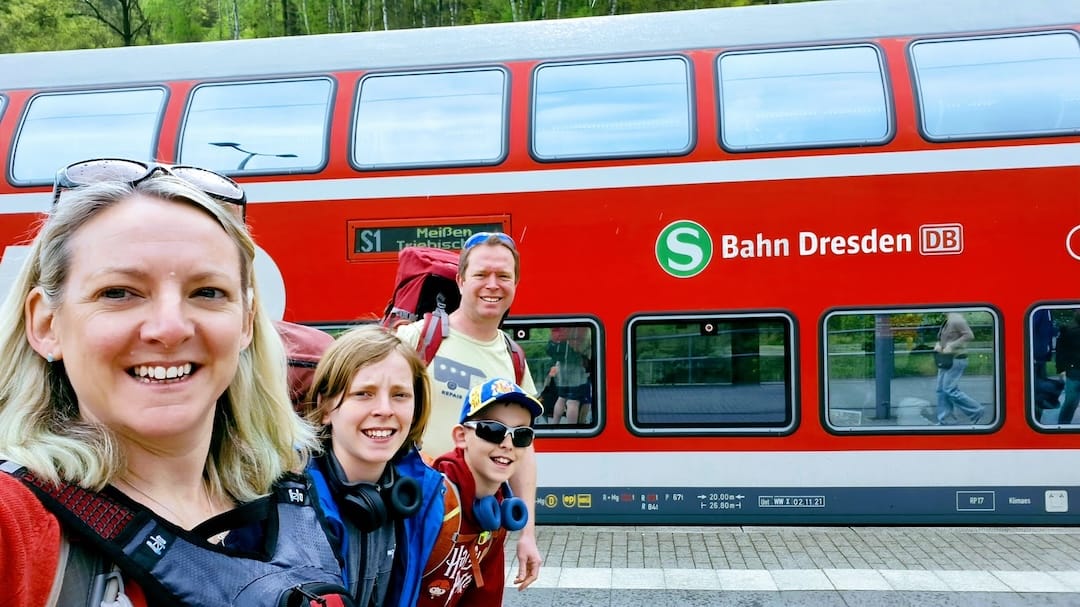
One of the simple pleasures of this trip was the family time the train journey afforded. Having our own cabin where we could play cards and chat made the travel feel like part of the holiday itself, rather than just a means to an end.
A few practical lessons emerged along the way. For younger families, Interrail passes are a real bargain – children under 12 travel free with a paying adult. That made a significant difference for us. While we didn’t manage to snap up passes during a sale this time, it’s worth keeping an eye out as discounts can be around 20-25% off and pop up a few times a year. Packing light was important for us, especially when we wanted to explore cities without staying overnight, and we used luggage lockers at major stations which made it easy to roam freely without hauling bags around.
Night trains require reservations, and booking a couchette makes the overnight journey far more comfortable. It also saves travel days on your pass since the travel counts only for the departure day, not to mention the hotel costs for that night! This meant we squeezed more sightseeing and less transit into our itinerary.
We encountered few delays – the trains mostly ran smoothly, except for a slightly late return in the UK, which felt typical rather than exceptional. That’s part of the reality of train travel, just like with planes.
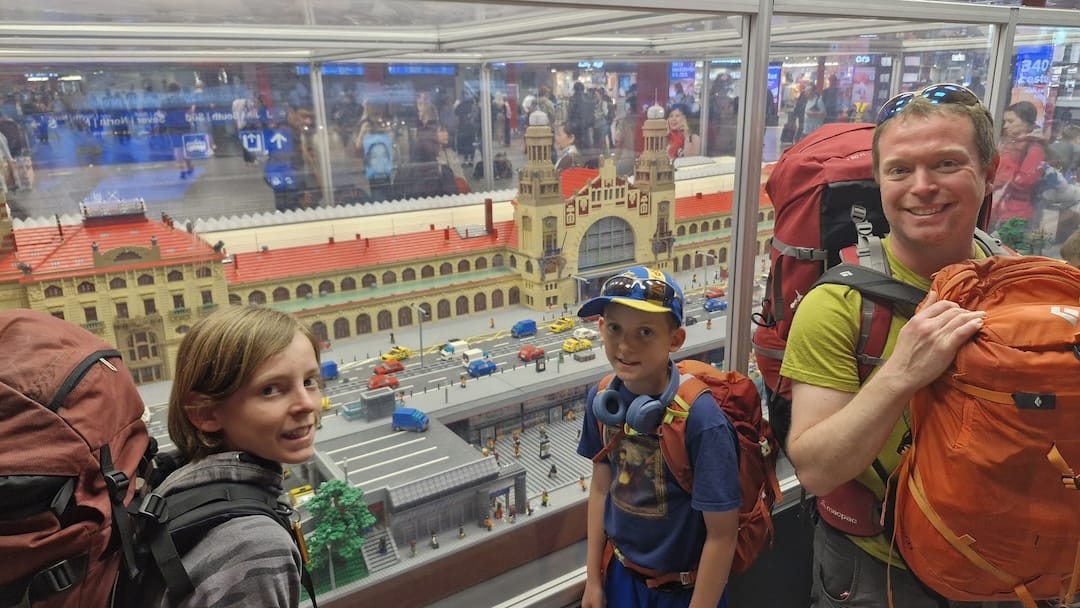
This Easter trip is part of a growing habit. Later this year, I’ll be travelling by rail for my Churchill Fellowship researching sustainable housing in Germany and Sweden. We’re even eyeing ski trips next winter by train, so this certainly won’t be our last time taking the rails.
Interrailing with family takes a fair bit of planning and patience, but it’s rewarding. Planning the trip was a challenge but I enjoyed it. I wouldn’t say anyone can do it but it’s accessible for most people, and you can get companies to help or use itinerary suggestions on forums if you’d rather not plan it yourself.
It’s a chance to travel more sustainably, make lasting memories, and experience the journey itself, not just the destination. Compared to flying, it offers space, flexibility, and a much richer sense of connection to the places you visit.
If you’re considering travelling without flying, I’d encourage you to look into Interrail. It’s surprisingly straightforward once you get your head around the logistics, and the rewards are well worth it.
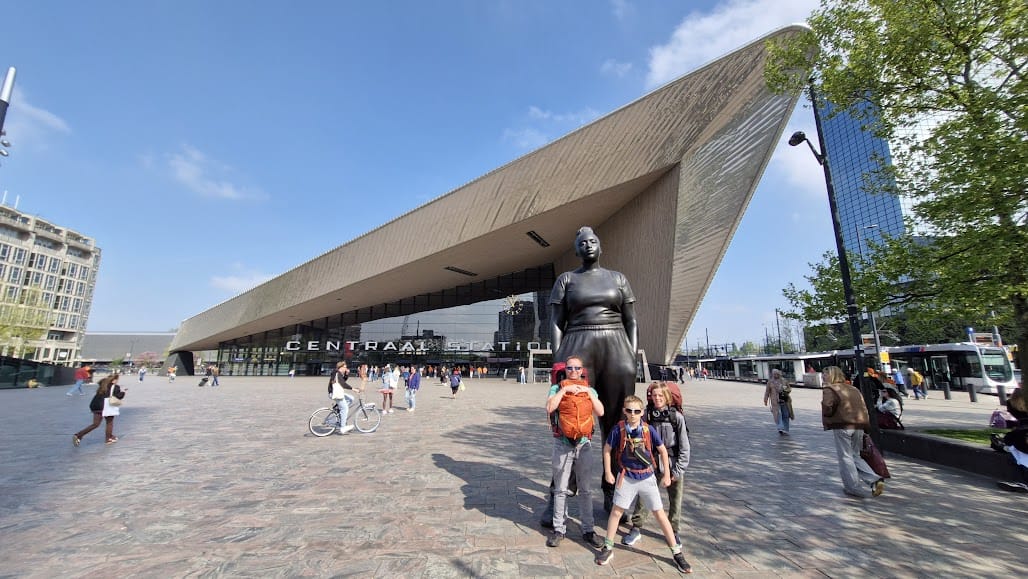
Ele's interrail timetable:
- Stonehouse-London-Brussels-Berlin (sleeper train)
- Berlin-Kurort Rathen (stay overnight)
- Kurort Rathen-Prague (stay overnight)
- Prague-Rotterdam (sleeper train)
- Rotterdam-Brussels-London-Stonehouse
